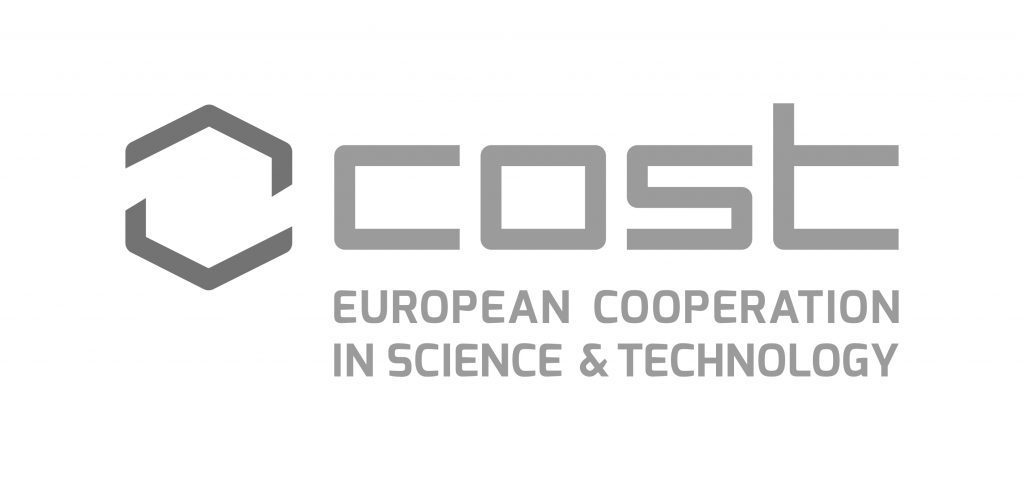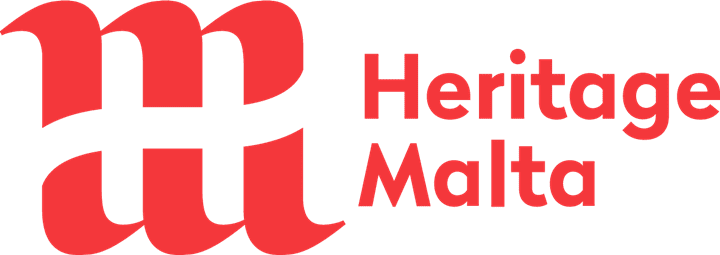The COST Action 18110 Underground4Value started on April 9th, 2019 and will end October 8th, 2023. Initially the action brought together experts from 23 countries, and now accounts for more than 200 members coming from 32 countries. The main Underground4value challenge is promoting Underground Built Heritage (UBH) as a valuable resource to celebrate and preserve and when sustainable, to re-use and valorise, realising its full potential to support local communities’ development. To achieve this overall challenge, Underground4Value’s main objectives are:
Underground4Value makes a relevant step forward with respect to the current state-of-the-art and provide a significant knowledge base for a sustainable use of the UBH by:
Underground4Value provides adequate cultural, scientific, and technical knowledge of the UBH with reference to different aspects (i.e., archaeology, geotechnics, history, urban planning, architecture, cultural anthropology, economics, tourism, sustainable development), as well as introduces new technologies and innovative approaches in a multi-disciplinary context. Knowledge is shared and developed in three thematic working groups:
To better share and disseminate this knowledge, the Action established other two methodological and organizational working groups:
Underground4Value represents a fundamental milestone for integrating underground space, cultural heritage studies and community-based planning.
Every year small teams of participants must perform four case-study assessments and help activating a living lab on a topic decided by the local stakeholders. Using the Short-Term Scientific Missions (STSMs) tool, one or more researchers, preferably selected among the training school participants, assess the case study and then, together with the local hosting institution, defines the needs of local stakeholders, maps/interviews stakeholders, contributes to developing a living lab on a specific UBH-based topic, and finally prepares a storytelling of her/his experience. The entire experience is finally analysed and discussed in the subsequent training school, with the research questions emerged in the living labs analysed by the trainees.
Thanks to the four yearly case-studies, the knowledge transmission and exchange reveals practices, imaginaries and local cultures associated with the UBH, renews their interpretation, and stimulates knowledge and the perspective vision of local communities. UBH landscape becomes a place of equilibrium for nature, identity, and attractiveness, by re-associating multiple uses and giving capacity for development at all levels (regional, local) and all temporalities (short, medium, and long term) while generating positive and self-sustaining “natural” interdependencies.
For implementing the UBH knowledge base, Underground4Value advances, on the one side, in the classification of UBH, by linking the typologies to their functions, and promotes archaeological and historical research for each case study. On the other side, it examines technological developments of UBH non-invasive diagnosis, innovative ICT tools systems for sensing and data collection, multiscale approaches, from landscape to archaeological sites or monuments, up to the single artefact, for detailed high-resolution visualization, and reconstruction of the more interesting items of the heritage.
The most innovative component is the new annual organization of the activities, which are less in number and less of pure and open networking nature, and increasingly like a structured project:
ONE YEAR SCHEME
Since the first meetings, the network has developed a shared definition of living lab, that is, innovative actions experimented and implemented in real communities (a neighbourhood, a city, a region), but sheltered by adequate scientific and technical knowledge, technological capabilities, and financial resources.
That approach paved the way to significant interactions with local communities, dissemination of innovative thinking and valid support to stakeholders to explore alter-native social trajectories in an adaptive, forward-looking manner, as promised. Results were discussed and analysed during workshops and, specifically, at the training school, where trainers and trainees work together on specific research topics, which became subject of a yearly publication, the Handbook.
The first-year case studies were Naples (IT), Postojna (SI), La Union in Murcia (ES), and Göreme (TR). In each site, the local supporting institution defined the study topic, such as a shared problem relevant for the community to solve with real stakeholders, also in view of potential conflicting interests.
Once the topic was defined, the local institution performed the study and analysis of the selected UBH site and mapped the stakeholders. Once this was accomplished, the living lab was initiated and meetings and activities were organized with the stakeholders’ engagement. In almost all case studies, a two-week long STSM was performed at that stage. The results of the living labs were unexpected, with an enthusiastic participation of local communities. That opened the way to a second group of case studies for the second and third grant period, with spontaneous candidatures also coming fro m institutions not previously involved in the network.
The interest demonstrated by local communities for this approach sparked the transformation of this network of experts into a structured and stable voluntary association for sharing research experience, best practices, and ideas on UBH.
To better promote and share information the Action is developing three main tools: A digital platform on UBH sites, a Toolbox for local communities, and a Learning Platform. In addition, expert groups have started to work on a specific wiki community about UBH and a database supporting the creation of a repository for new research, open and accessible to all parties interested in UBH.
All these tools would provide knowledge on main technical and organizational barriers to the UBH conservation and reuse. The resulting knowledge will be the basis for:

Action Chair: Giuseppe Pace
Action Vice Chair: Susana Martinez-Rodriguez
Science Communication Manager: Tony Cassar
Grant Holder Manager: Patricia Sclafani
Webmaster: Olga Lo Presti


Webdesign by Digitisation Department at
